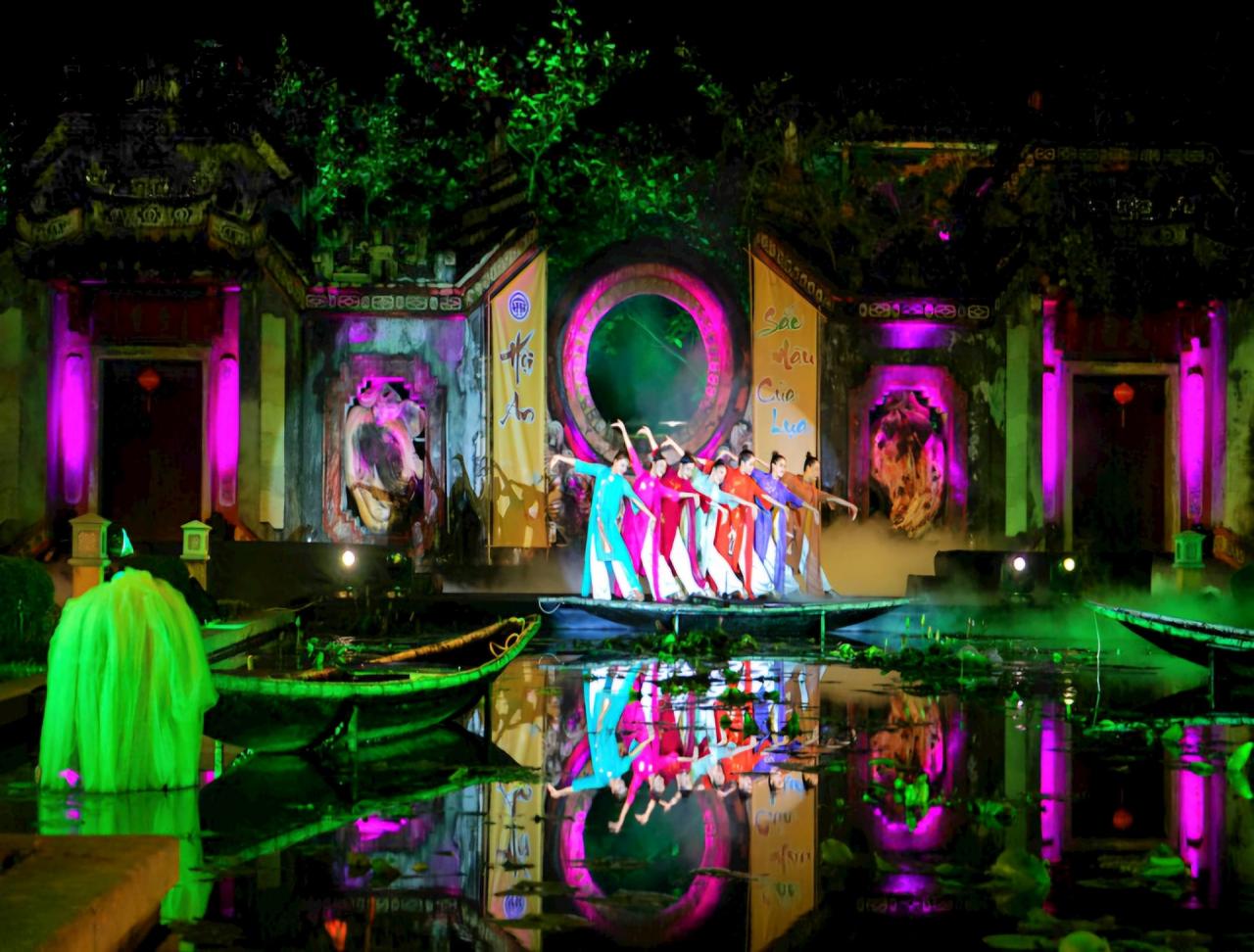
Hoi An Movement
With more than 1,400 relics, about 50 industries and crafts, more than 650 small businesses, and about 1,700 business households operating in the field of handicrafts and folk arts, Hoi An possesses great potential to promote the cultural industry.
According to preliminary statistics from the local government, the cultural industry (including handicrafts and arts, entertainment and recreation) of Hoi An City currently contributes more than 6% of the total production value in the city. This rate is expected to continue to increase in the coming years when Hoi An joins the UNESCO Global Creative Cities Network.
Quite early, Hoi An has somewhat approached and been quite successful with the economic development strategy from culture. Some major marks have positioned the local brand in the cultural industry such as the series of thematic museums, the Bai Choi art space, the show "Hoi An Memories", Lune Performance Center (bamboo theater)...
According to Associate Professor, Dr. Dang Van Bai - Vice Chairman of the National Cultural Heritage Council, Hoi An still has a lot of room for developing the cultural industry to turn heritage into assets, turn assets into special goods - unique tourism products with high intellectual quality and great economic value, bringing benefits and livelihoods to local people and increasing satisfaction for tourists.
Associate Professor, Dr. Dang Van Bai commented that Hoi An's cultural capital includes important components: tangible and intangible cultural heritage; indigenous people; the will and ability to innovate of the management agency; and a team of potential businesses ready to start up to exploit new achievements in the cultural industry.
Therefore, it is necessary to create an appropriate mechanism to promote the strengths and creative capacity of the four components of Hoi An's cultural capital structure to serve the needs of developing the cultural industry. This is also completely consistent with the nature of heritage economics.
According to Associate Professor, Dr. Nguyen Thi Thu Phuong - Director of the National Institute of Culture and Arts, Hoi An needs to develop traditional crafts into a key cultural industry to position Hoi An's identity in connection with fields such as cuisine, design, and traditional arts.
It is necessary to create flexible shifts and connections between the spaces of the old town and craft villages through the connection of handicrafts and folk arts, cultural heritage values, especially cuisine and traditional arts in a sustainable direction from the dynamic transformation of cultural resources into soft power of the cultural industry group.
Big room
According to a report by TMG Group, more than 60% of international visitors to Vietnam want to learn about culture and history. Meanwhile, Quang Nam is one of the most favorite destinations for international visitors to Vietnam.
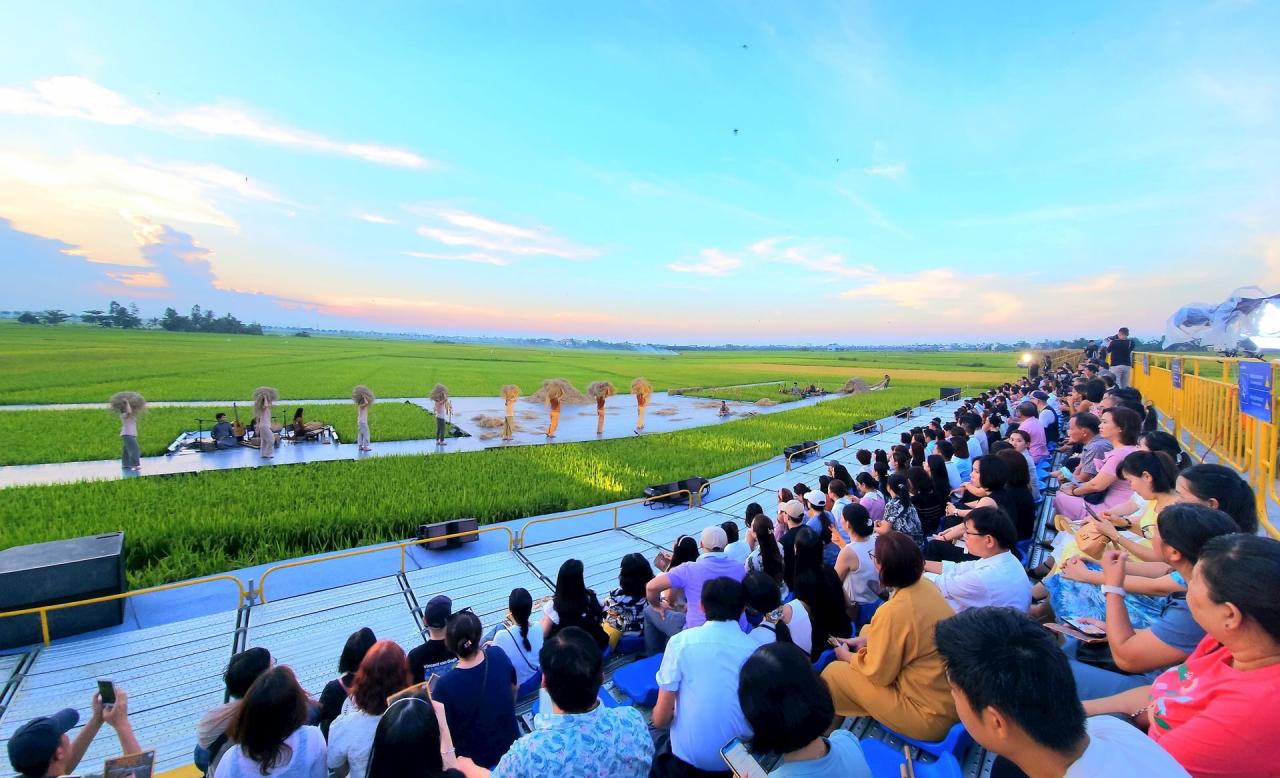
Ms. Than Thi Thu Huyen - Executive Director of “Hoi An Memory Island” believes that Quang Nam has all the elements to strongly develop special cultural tourism and further, the cultural industry. Cultural tourism is also an important part of the green tourism development strategy that Quang Nam is aiming for.
“Quang Nam should soon promote the connection of cultural regions and products together. Quang Nam's heritage chain from Hoi An, My Son to the highlands is so unique and each area possesses very attractive cultural characteristics. What needs to be done is to connect cultural regions, creating a comprehensive chain of cultural experiences,” Ms. Huyen shared.
In fact, a few years ago, Quang Nam also consulted some similar international models and considered the socialization in exploiting the World Cultural Heritage My Son. This story will be considered because the exploitation value of My Son is assessed as not commensurate with its potential and promoting the cultural industry is one of the solutions to the problem.
For Hoi An, Associate Professor, Dr. Dang Van Bai recommends that it is necessary to establish a strategic master plan; in which there is a connection between two major goals: preserving cultural heritage (cultural capital) to bring vitality to the heritage and developing heritage tourism - the main cultural industry of Hoi An.
It is necessary to closely follow the strategic orientation for developing Vietnamese culture and people to 2030, with a vision to 2050, approved by the Prime Minister.
Mr. Pham Minh Toan - General Director of Vietfest recommends that it is necessary to identify key industries for the country and each locality based on internal strengths and international trends. Avoid spreading and trending investments, only serving a few goals or small markets. It is necessary to develop financial support policies, taxes and protection mechanisms for businesses and creators in the cultural industry.
In addition, promote the establishment of creative industrial complexes/zones and start-up incubators in the cultural industry. At the same time, support research and development of digital cultural products and protect intellectual property rights to encourage creators.
Source: https://baoquangnam.vn/thuc-day-cong-nghiep-van-hoa-co-hoi-nao-cho-quang-nam-3147168.html




![[Photo] Closing of the 11th Conference of the 13th Central Committee of the Communist Party of Vietnam](https://vstatic.vietnam.vn/vietnam/resource/IMAGE/2025/4/12/114b57fe6e9b4814a5ddfacf6dfe5b7f)
![[Photo] Overcoming all difficulties, speeding up construction progress of Hoa Binh Hydropower Plant Expansion Project](https://vstatic.vietnam.vn/vietnam/resource/IMAGE/2025/4/12/bff04b551e98484c84d74c8faa3526e0)


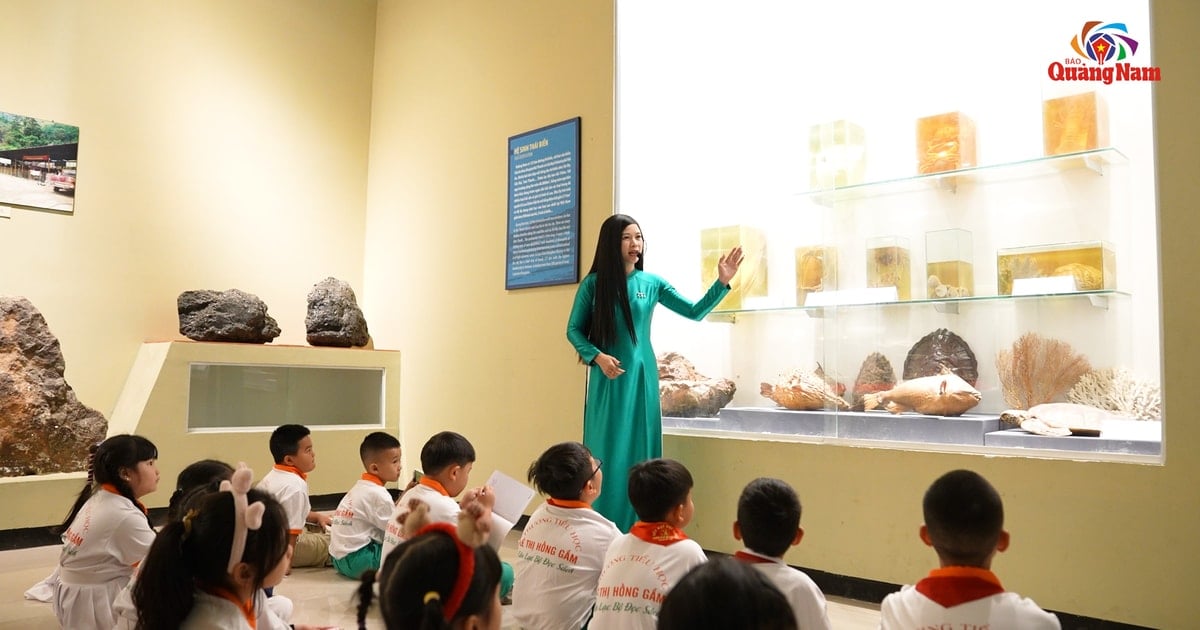
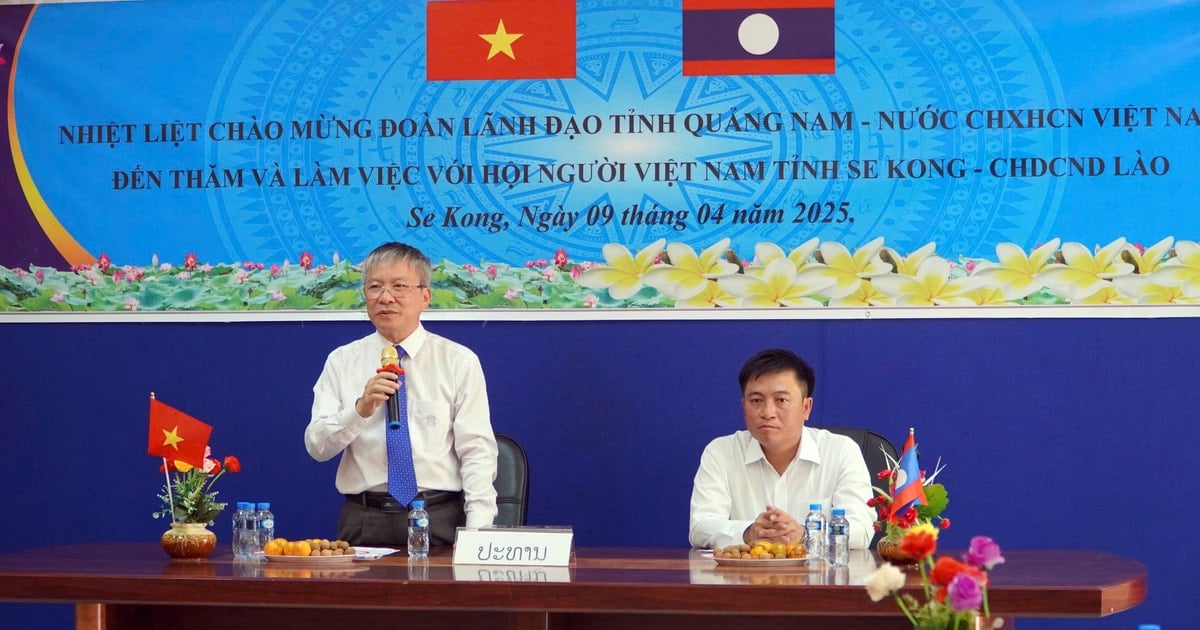
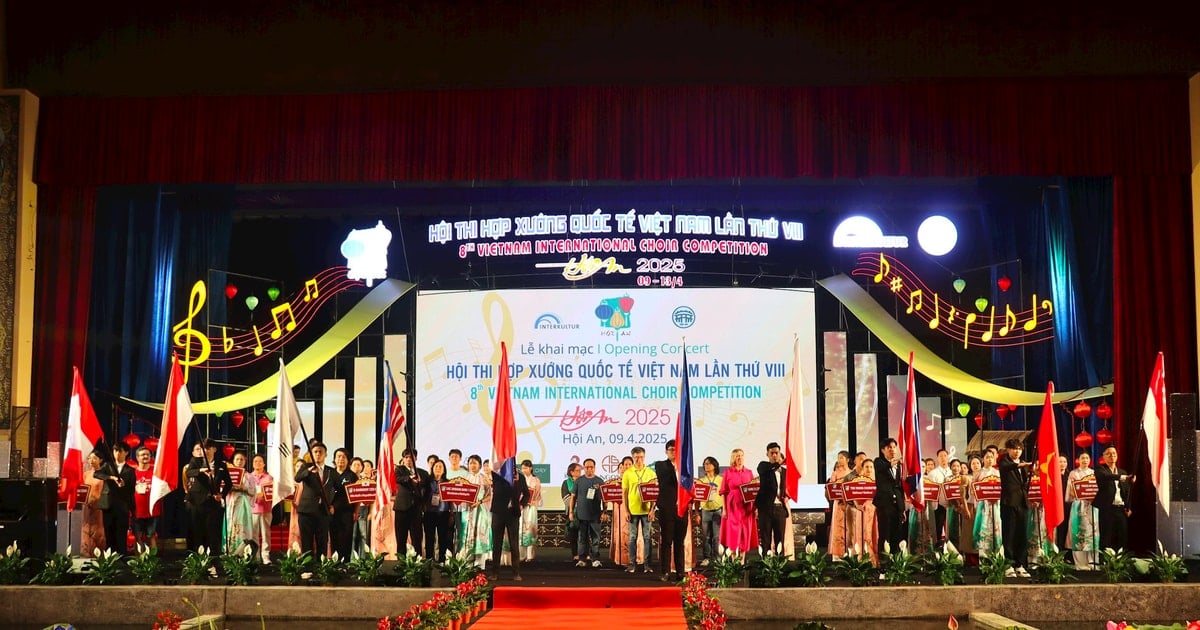




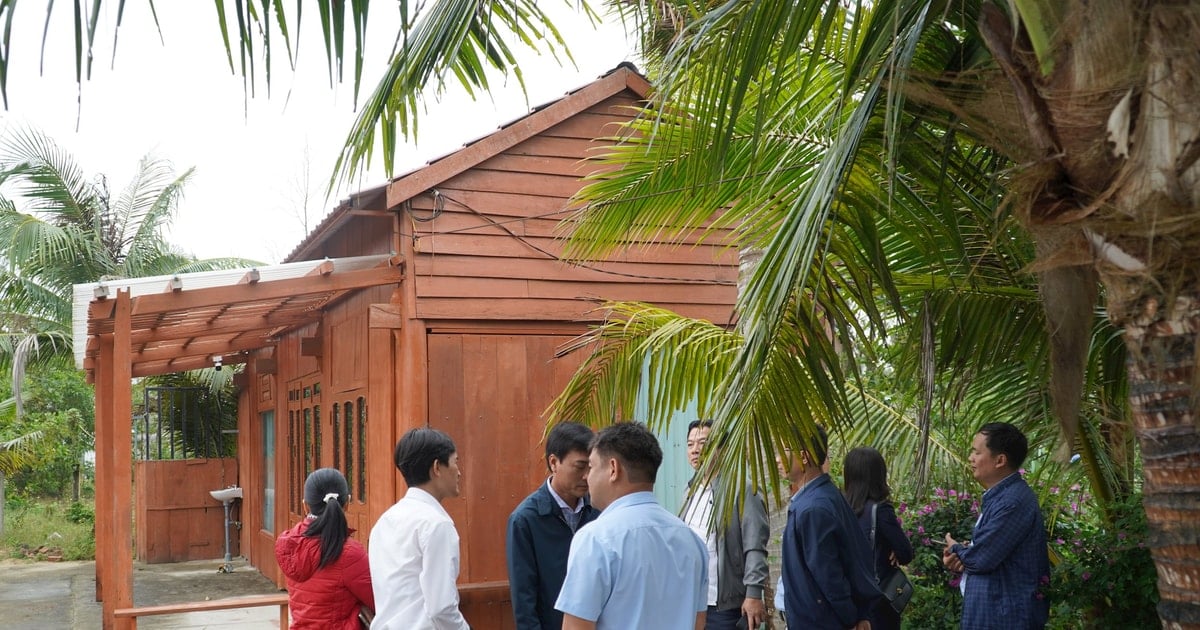

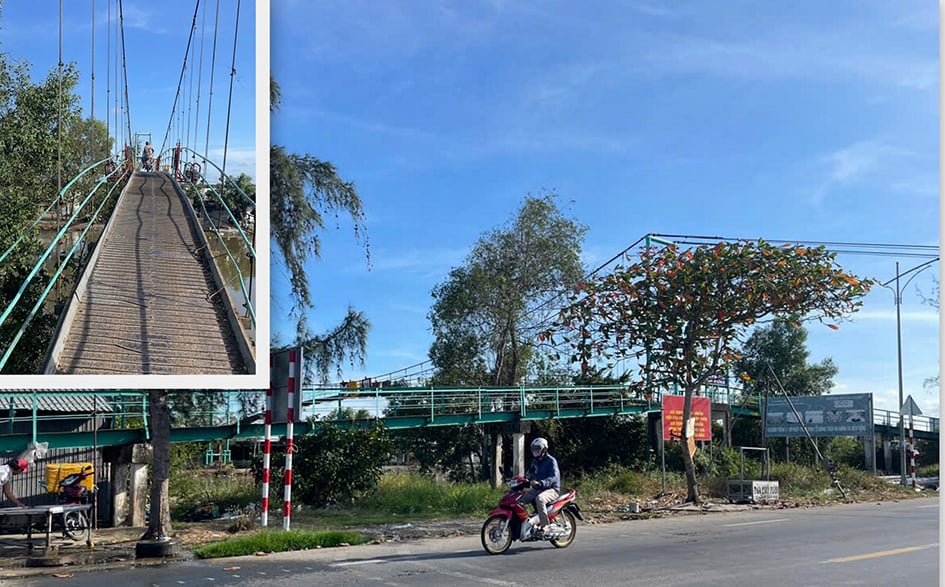
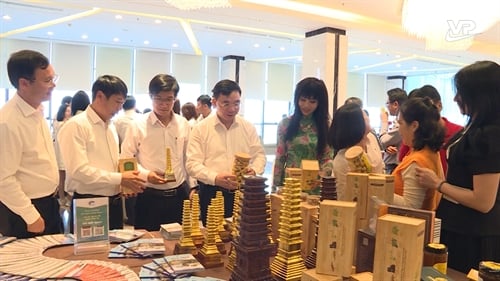

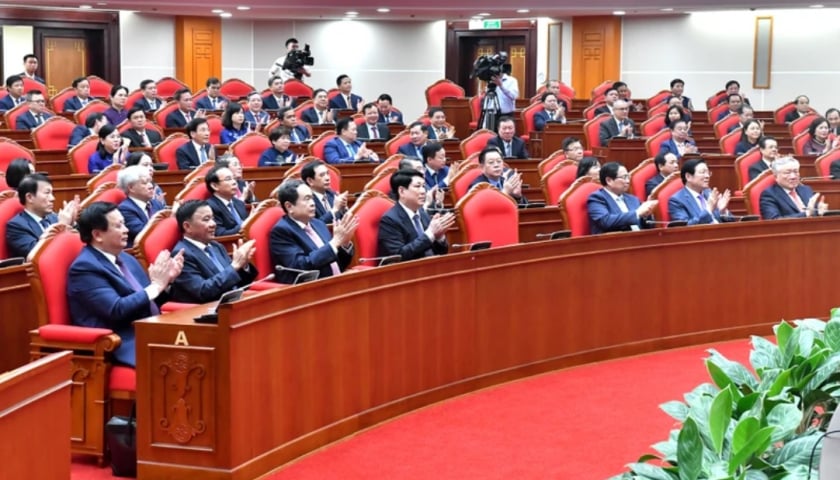
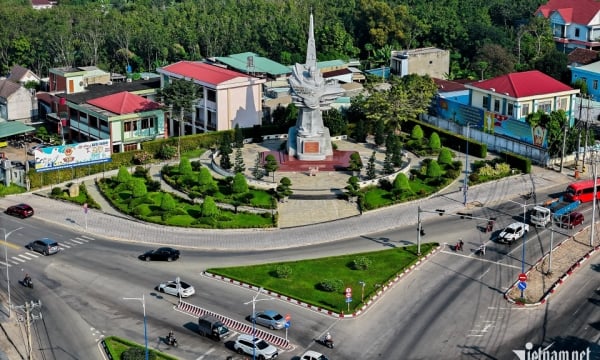



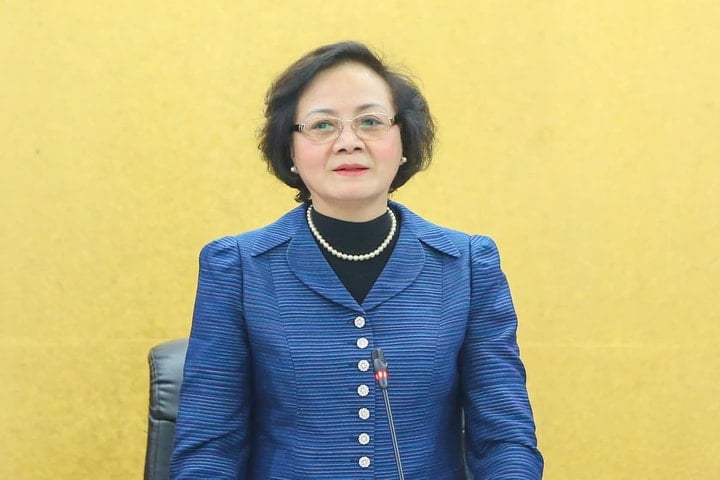


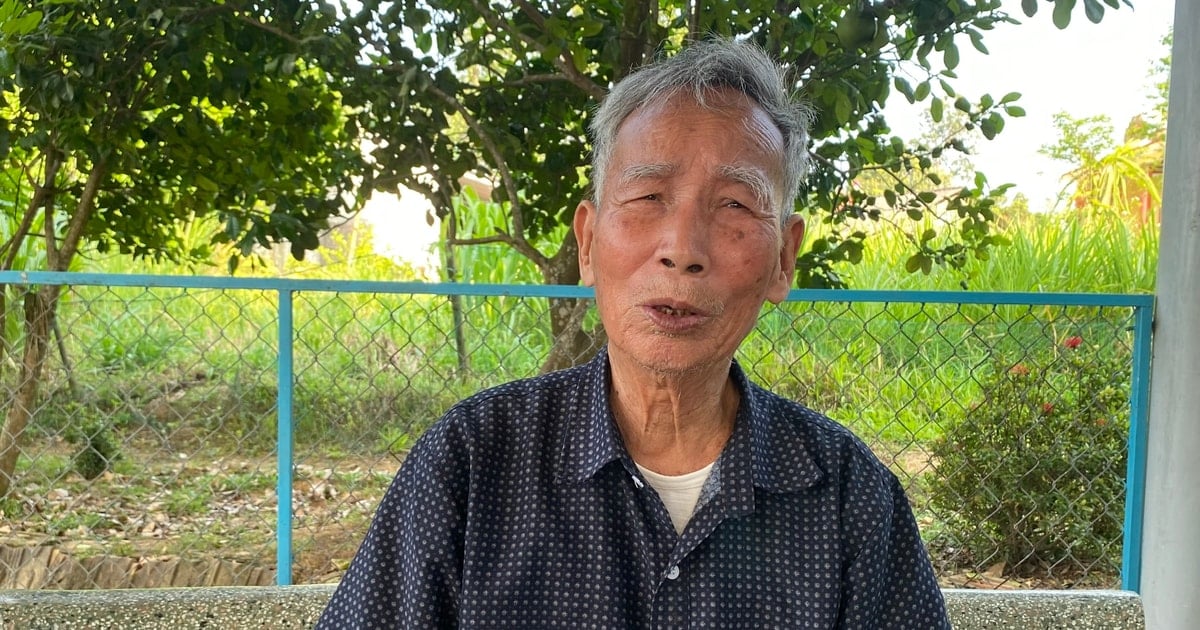
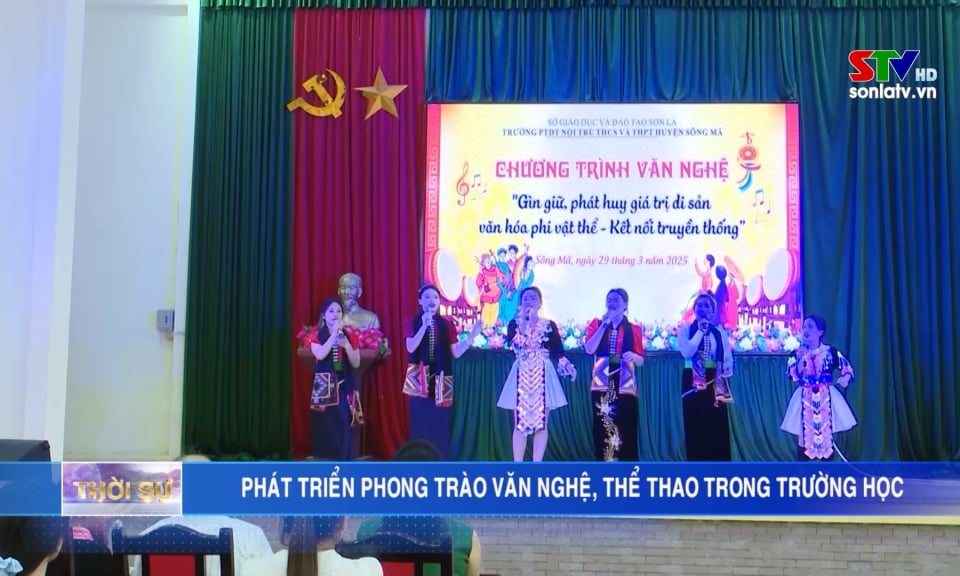
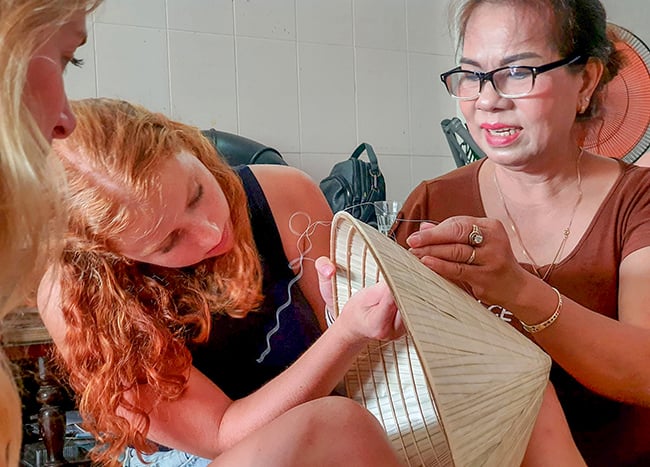











































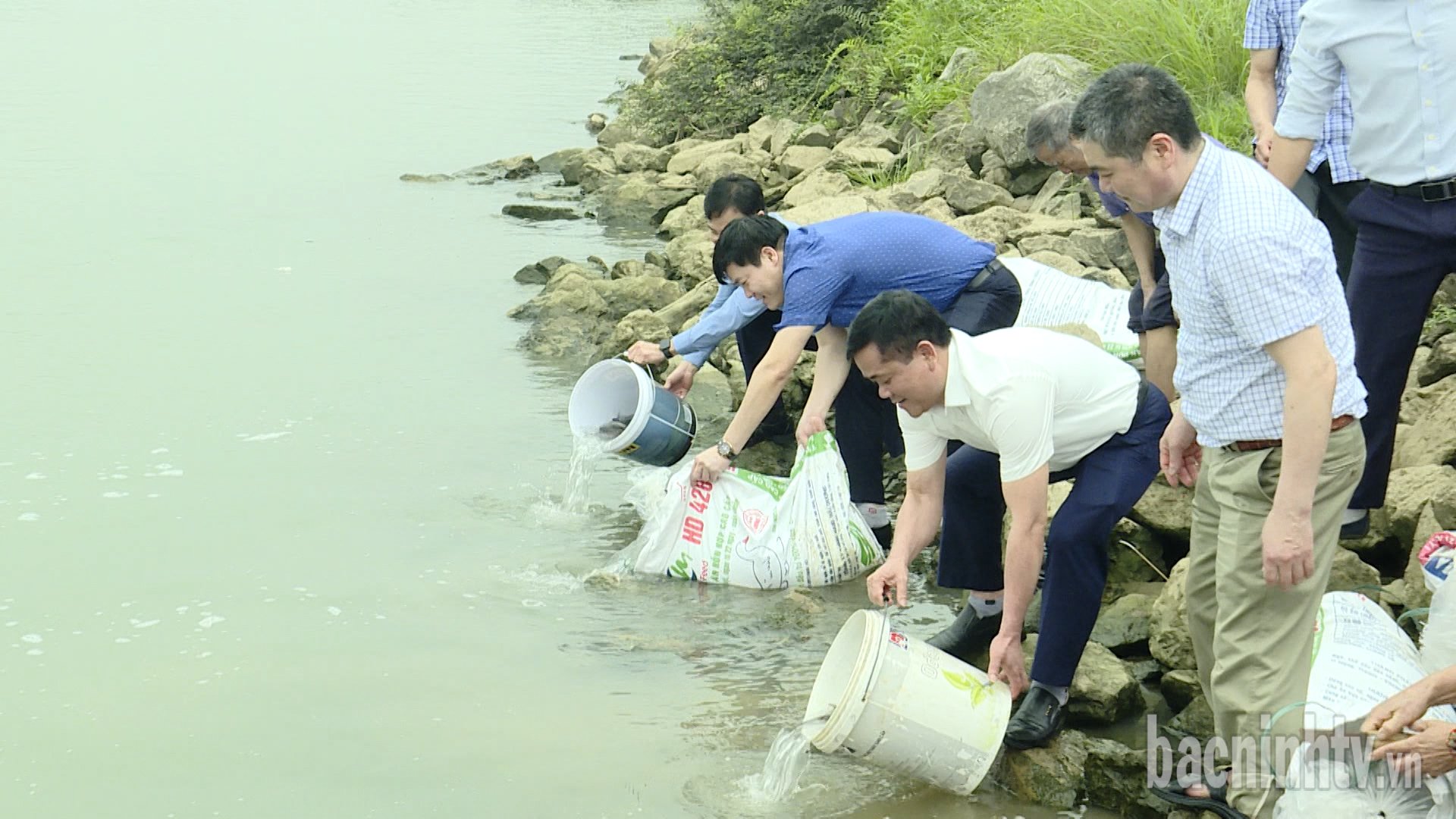

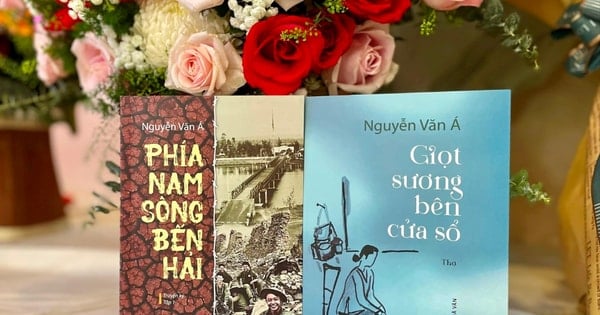

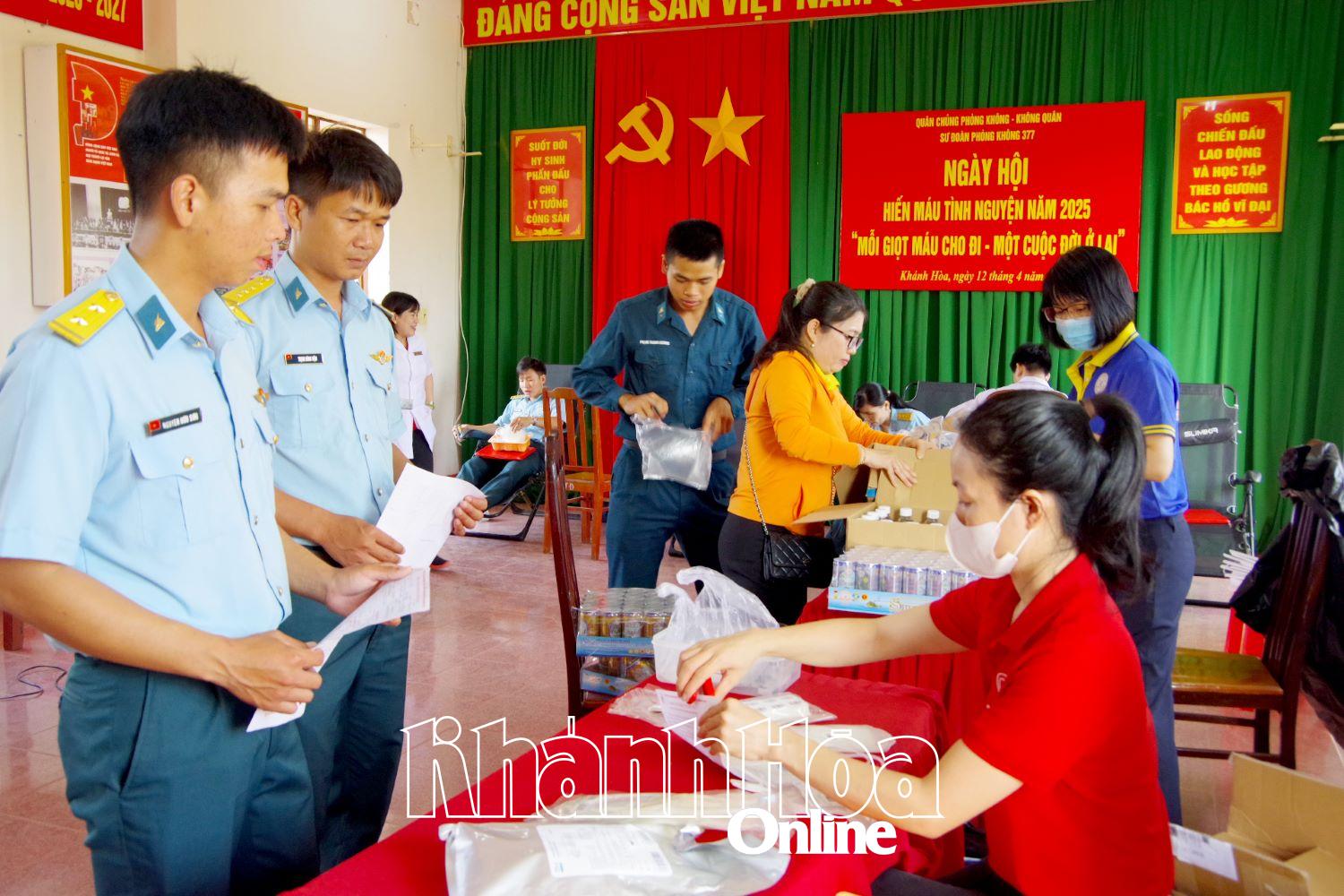

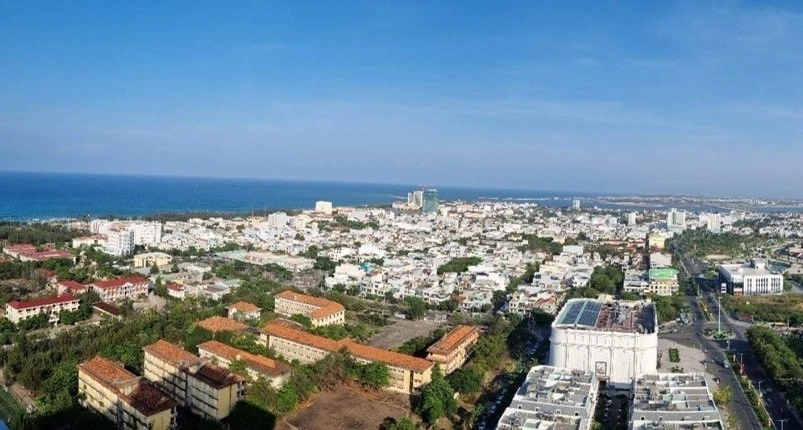

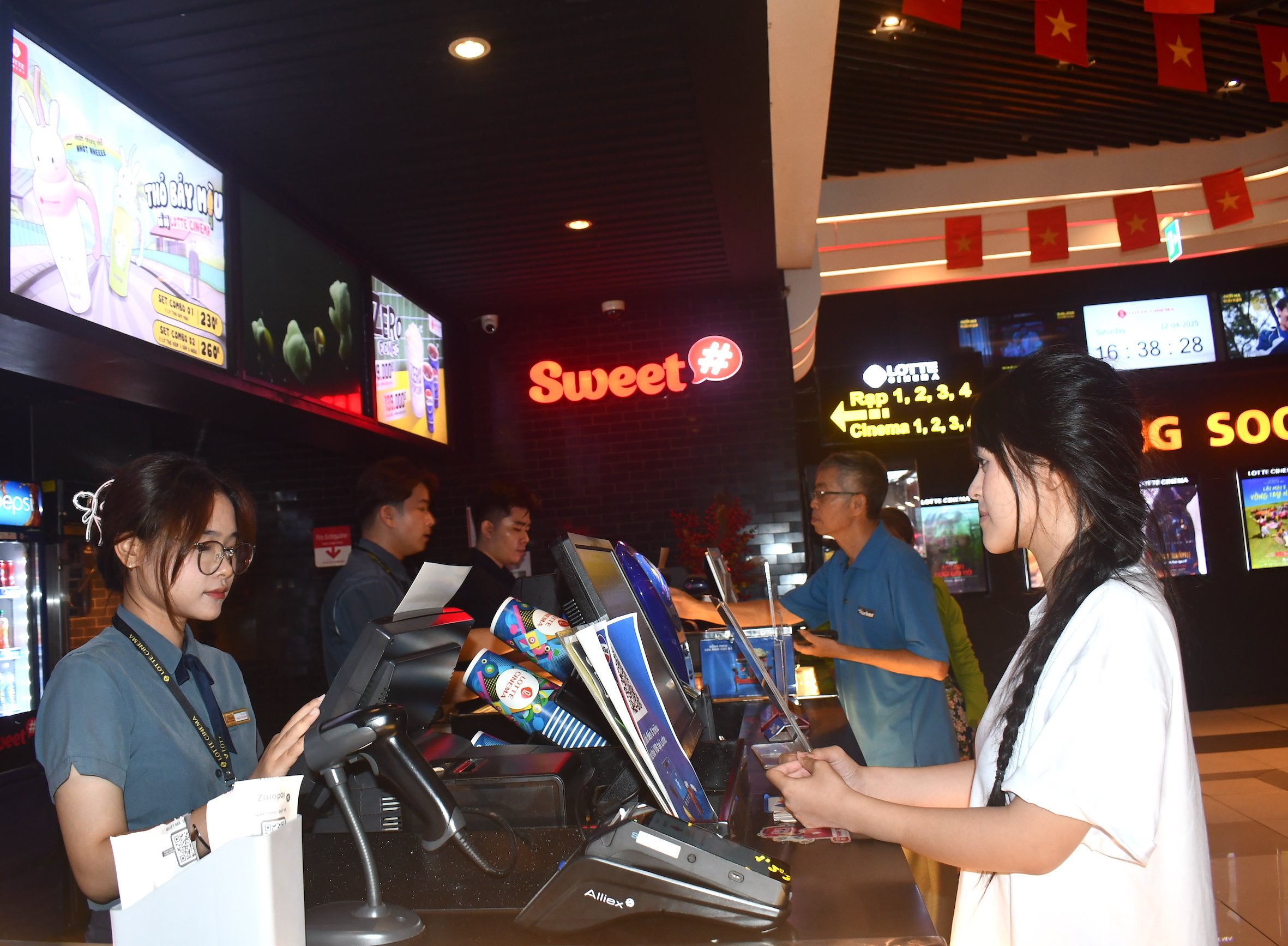












Comment (0)